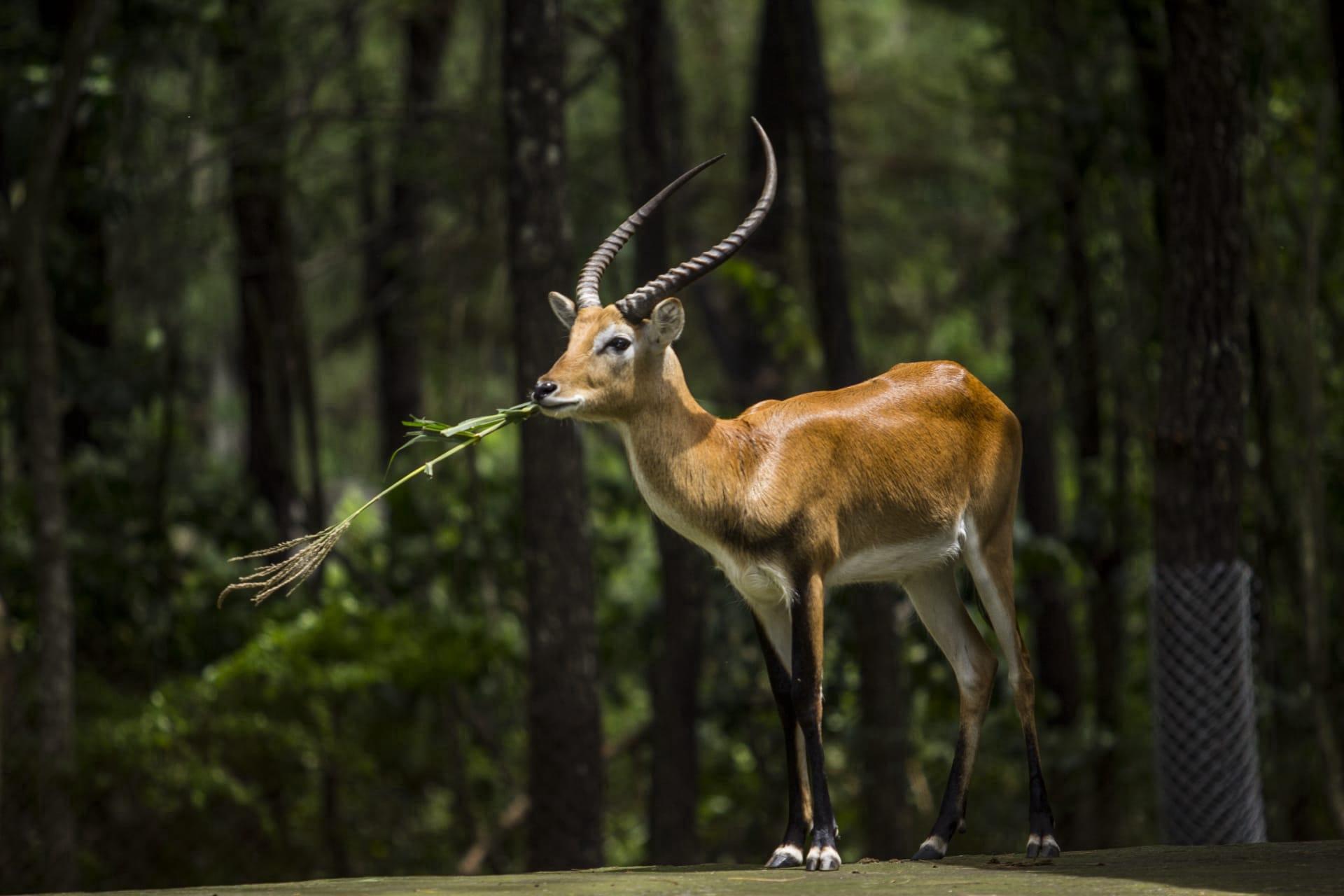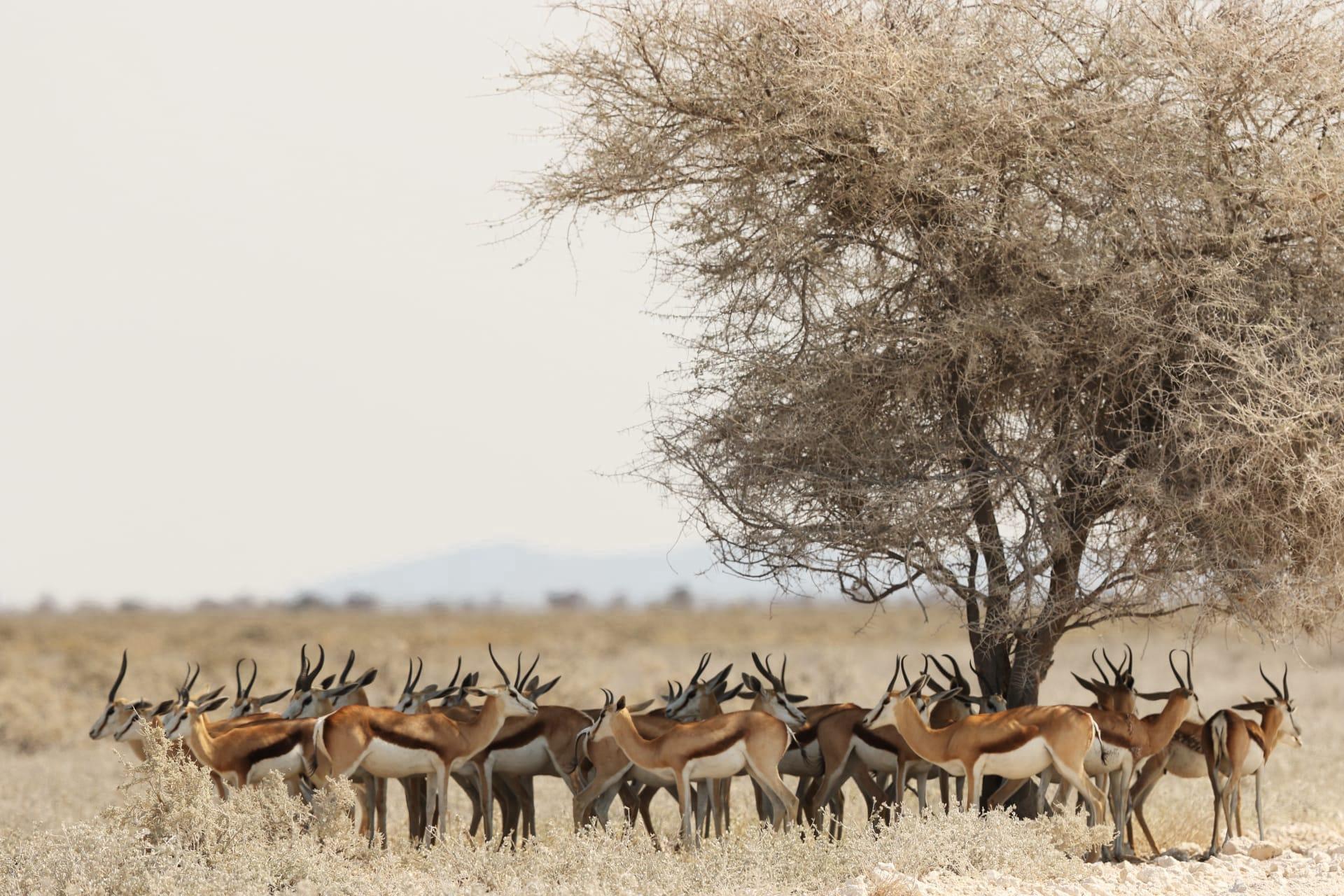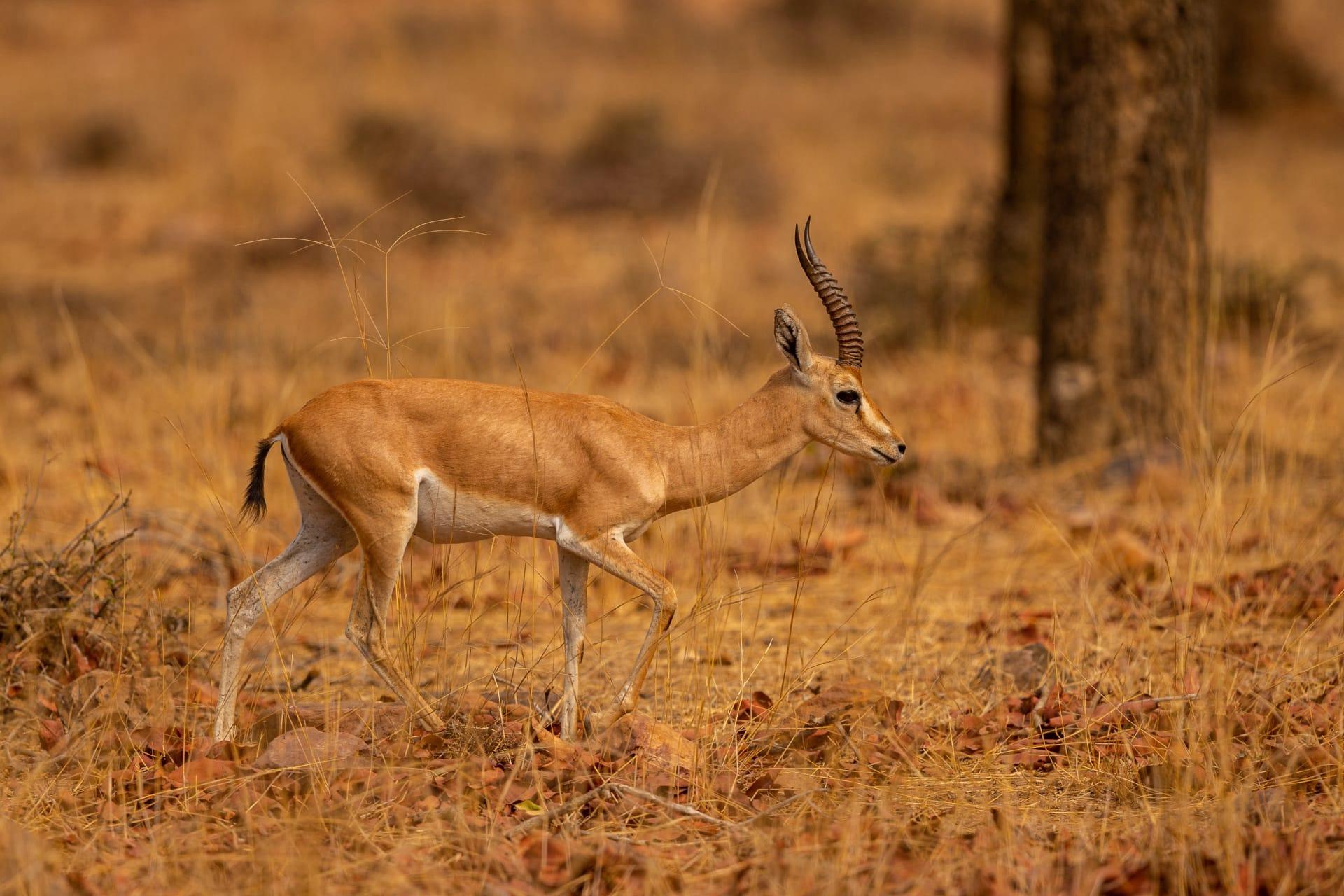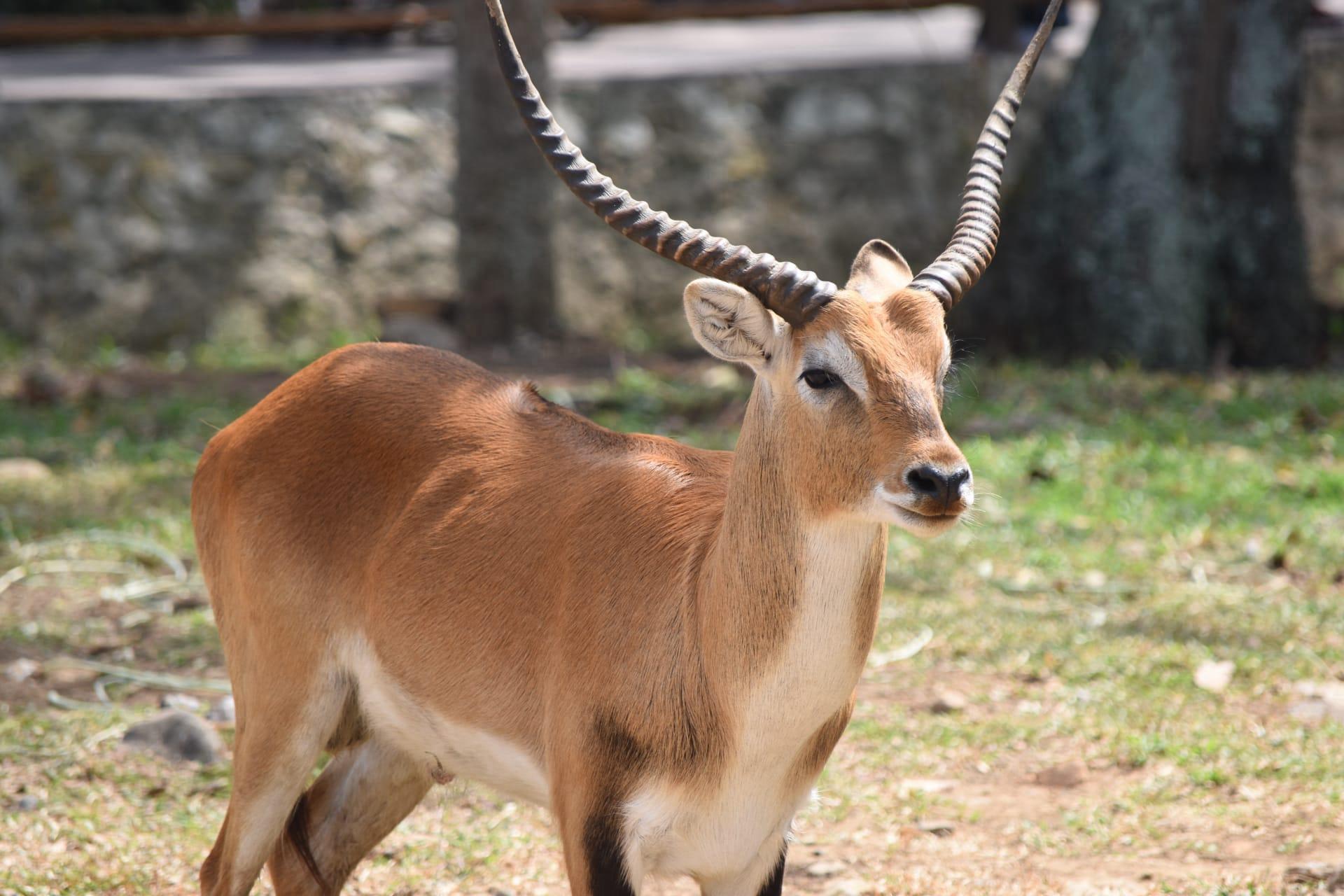1
Did you know that gazelles are among the fastest animals in the world? They can reach speeds up to 60 miles per hour, which is as fast as cars on some highways! This incredible speed is not just for short bursts; a gazelle can sustain a pace of 30-40 miles per hour for several kilometers. This ability is vital for escaping predators like cheetahs, which, although faster in short distances, can't keep up with the gazelle's endurance in long chases.
Gazelles also have a unique way of moving called "stotting" or "pronking." When they sense danger, they leap into the air, lifting all four feet off the ground simultaneously. This might seem like a waste of energy, especially when running from predators, but it's actually a clever survival tactic. By stotting, gazelles show predators that they are healthy and strong, which often discourages the predators from pursuing them, as they prefer to target easier, weaker prey.

2
Gazelles are not just fast; they are also incredibly agile. They can change direction in a split second while running at full speed. This agility helps them dodge predators in the wild. Their slender, lightweight bodies, which typically weigh between 15 to 75 kilograms (33 to 165 pounds), contribute to their nimbleness. They have adapted to have powerful hind legs and a lean build, enabling quick, sharp turns and sudden starts and stops.
Another fascinating aspect of gazelles is their social structure. They live in herds, which can vary greatly in size, from as few as ten to as many as several hundred individuals. Herd composition can change frequently, with males often roaming alone or in bachelor groups and females forming nursery herds with their young. This social fluidity is a key survival tactic, as it confuses predators and helps protect the young and weak members of the herd.

3
Gazelles have a unique adaptation in their eyes. Their eyes are positioned on the sides of their heads, giving them a wide field of vision. This placement allows them to detect movement over a 300-degree range without turning their heads, which is crucial for spotting predators. Their eyes are also large and have a high density of light-sensitive cells, making them excellent at detecting motion even in low light conditions.
Gazelles also have a special cooling system to survive in hot environments. They have a large number of blood vessels in their nasal passages, and as they breathe, the air cools the blood in these vessels. This cooled blood then flows to the brain, helping to regulate their body temperature. This is especially important as gazelles often inhabit arid regions where temperatures can soar.

4
Gazelles are known for their graceful and delicate appearance, but they are also incredibly resilient animals. They can survive in some of the most challenging environments, from the scorching heat of the desert to the sparse vegetation of the savannah. Gazelles can go without water for long periods, obtaining moisture from the plants they eat. This ability allows them to inhabit areas where water sources are scarce.
Their diet mainly consists of grasses, leaves, shoots, and sometimes flowers. Gazelles are selective feeders, often choosing the most nutritious parts of plants. This selective feeding behavior helps them maintain their energy levels and stay agile and fast, which is essential for evading predators.

5
Gazelles play a crucial role in their ecosystems. They are a key prey species for several predators, including lions, leopards, and hyenas. Their grazing habits also help in shaping the vegetation of their habitats. By feeding on certain plants, they contribute to maintaining a balance in the plant community, which affects the overall health of the ecosystem.
Gazelles have a unique communication system involving both visual and vocal signals. They use a variety of postures and facial expressions to communicate with each other, especially during mating season and when sensing danger. They also have a range of vocalizations, from soft bleats to loud barks, which serve different purposes like signaling alarm or maintaining contact with herd members. This sophisticated communication plays a vital role in the social structure and survival of gazelles.